(!)NOTE : Windows 7 users won’t be able to use some latest features of eCatalog/WOS since Microsoft is ending support for Windows 7 on 14 Jan, 2020. Please upgrade your system for uninterrupted services.
- Scheduled Maintenance Notice: This site will be unavailable due to scheduled maintenance from 6:30 24/11/2024 to 4:30 (IST) 25/11/2024. We apologize for the inconvenience.
- Please note that the MISUMI Pune office and warehouse will be closed on November 20th due to the state election.
- Notice of End of Sales for Economy Series Pneumatic Equipment Category. More information.
Locating Pins(Insertion Guide Tolerance:-0.01/-0.02)
|
Basic Shape
|
|
|---|---|
Brand |
|
| CAD |
|
| Days to Ship |
|
2 items
- Sort By
-
Recommended
You can add up to 6 items per a category to the compare list.
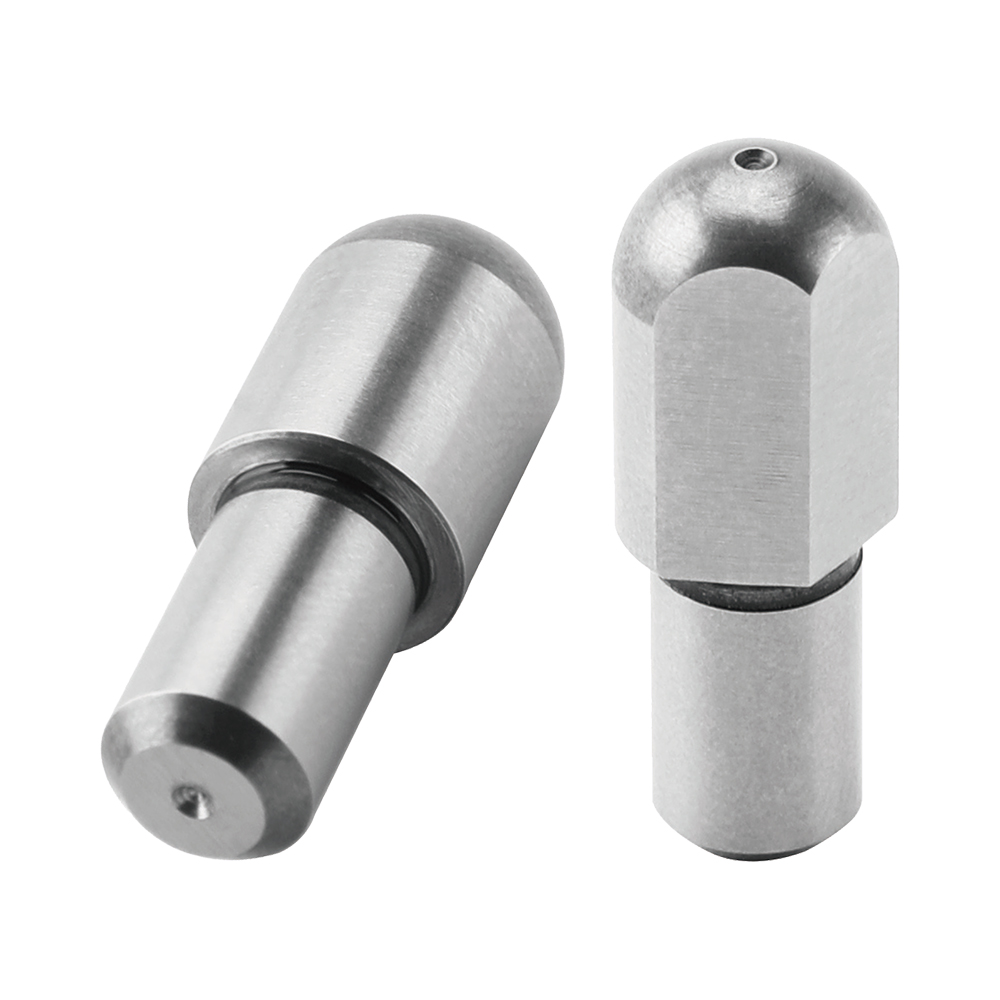 MiSUMi Economy
MiSUMi EconomyLarge Head Locating Pins - Spherical
MiSUMi EconomyMISUMI
- Large Head Locating Pins – Spherical tip type, C-JPQB / C-JPQD series from MISUMI.
- Standard type with spherical head. Rod diameter tolerance that can be specified for the press-fit part and lead-in part: m6, p6.
- The mounting method is press-fit type, which is simple and convenient.
- Optional Material: Iron (SKS3); Stainless Steel (SUS304, SUS440C), suitable for positioning of a variety of workpieces.
- SUS304 Material, effectively ensuring anti-rust.
- The lead-in part of the sphere can make the workpiece lead in by sliding sideways, without damage.- Volume Discount
Basic Shape Environmentally friendly Characteristics/Applications Insertion Guide Tip Shape Insertion Guide Tip Type Insertion Guide Specifications Mounting Side Shape Surface Treatment Heat Treatment Material Insertion Guide Outer Dia. D1(mm) Insertion Guide Tolerance Mounting Side Outer Dia. d(mm) Mounting Side Tolerance Cleaning Method Large Head - - Round / Diamond Spherical Not Provided Straight (Press-Fit) Not Provided Directly Quenching Steel 3 ~ 12 -0.01/-0.02 2 ~ 10 m6 - From: ₹ 202.00 Days to Ship: Same day  Same day
Same day
-
Economy series
You can add up to 6 items per a category to the compare list.
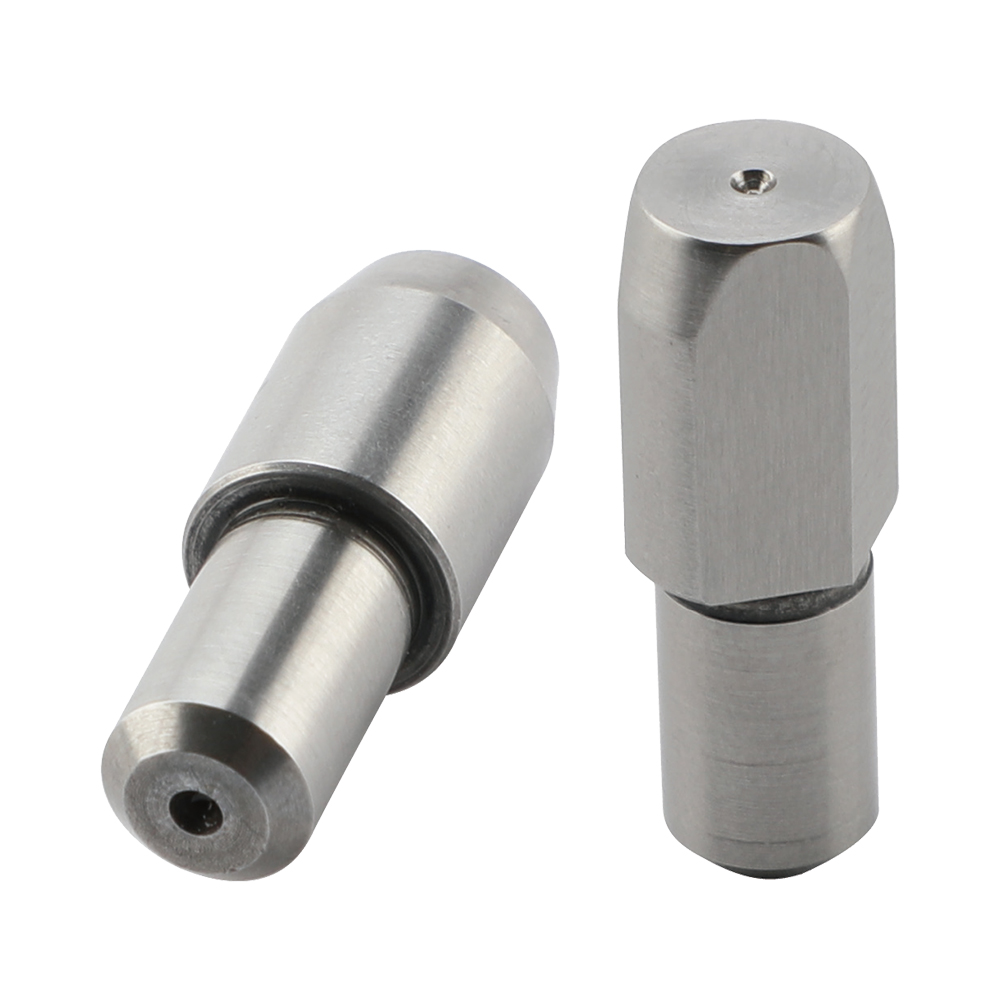 MiSUMi Economy
MiSUMi EconomyLarge Head Locating Pins - Tapered
MiSUMi EconomyMISUMI
- Large Head Locating Pins – Tapered tip type C-JPBB / C-JPDB series from MISUMI.
- This is an economy item; The price is cheaper than the MISUMI standard product.
- Standard type with tapered lead-in part. Press-fit use, the tolerance of the press-fit part can be specified: m6, p6, g6.
- The head is available in round and polygonal types. The fixed type is cheap, and the freely specified type is rich in specifications.
- Optional Material: Iron (SKS3); Stainless Steel (SUS304, SUS440C), suitable for positioning of a variety of workpieces.
- Hard chrome plated surface, effectively ensuring surface hardness and antirust.- Volume Discount
Basic Shape Environmentally friendly Characteristics/Applications Insertion Guide Tip Shape Insertion Guide Tip Type Insertion Guide Specifications Mounting Side Shape Surface Treatment Heat Treatment Material Insertion Guide Outer Dia. D1(mm) Insertion Guide Tolerance Mounting Side Outer Dia. d(mm) Mounting Side Tolerance Cleaning Method Large Head - - Round / Diamond Tapered Not Provided Straight (Press-Fit) Not Provided Directly Quenching Steel 3 ~ 12 -0.01/-0.02 2 ~ 10 m6 - From: ₹ 171.00 Days to Ship: Same day  Same day
Same day
| Brand |
|---|
| Product Series |
| CAD |
| From |
| Days to Ship |
| Specifications |
| Basic Shape |
| Environmentally friendly |
| Characteristics/Applications |
| Insertion Guide Tip Shape |
| Insertion Guide Tip Type |
| Insertion Guide Specifications |
| Mounting Side Shape |
| Surface Treatment |
| Heat Treatment |
| Material |
| Insertion Guide Outer Dia. D1(mm) |
| Insertion Guide Tolerance |
| Mounting Side Outer Dia. d(mm) |
| Mounting Side Tolerance |
| Cleaning Method |
You can add up to 6 items per a category to the compare list. | You can add up to 6 items per a category to the compare list. | |
| Brand | MISUMI | MISUMI |
| Product Series | ||
| CAD |
|
|
| From | ₹ 202.00 | ₹ 171.00 |
| Days to Ship | Same day | Same day |
| Specifications | ||
| Basic Shape | Large Head | Large Head |
| Environmentally friendly | - | - |
| Characteristics/Applications | - | - |
| Insertion Guide Tip Shape | Round / Diamond | Round / Diamond |
| Insertion Guide Tip Type | Spherical | Tapered |
| Insertion Guide Specifications | Not Provided | Not Provided |
| Mounting Side Shape | Straight (Press-Fit) | Straight (Press-Fit) |
| Surface Treatment | Not Provided | Not Provided |
| Heat Treatment | Directly Quenching | Directly Quenching |
| Material | Steel | Steel |
| Insertion Guide Outer Dia. D1(mm) | 3 ~ 12 | 3 ~ 12 |
| Insertion Guide Tolerance | -0.01/-0.02 | -0.01/-0.02 |
| Mounting Side Outer Dia. d(mm) | 2 ~ 10 | 2 ~ 10 |
| Mounting Side Tolerance | m6 | m6 |
| Cleaning Method | - | - |
Loading...
Configure
Specification/Dimensions
-
Environmentally friendly
-
Characteristics/Applications
-
Insertion Guide Tip Shape
-
 Round
Round -
 Diamond
Diamond -
 Square Head
Square Head -
 Triangle
Triangle
-
-
Insertion Guide Tip Type
-
 Tapered
Tapered -
 Round Tapered
Round Tapered -
 Taper R
Taper R -
 R
R -
 Spherical
Spherical -
 Flat
Flat -
 Bullet Nose
Bullet Nose
-
-
Insertion Guide Specifications
-
 Not Provided
Not Provided -
 With Screw Mount Hole
With Screw Mount Hole -
 With Hex Socket
With Hex Socket -
 With Flathead Slot
With Flathead Slot
-
-
Mounting Side Shape
-
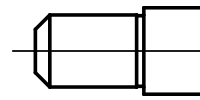 Straight (Press-Fit)
Straight (Press-Fit) -
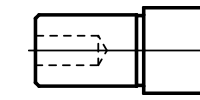 Tapped
Tapped -
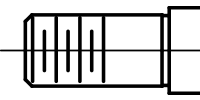 Threaded
Threaded -
 Circumference Groove
Circumference Groove -
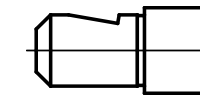 Notch
Notch -
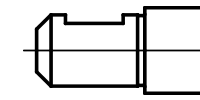 Set Screw Flat
Set Screw Flat
-
-
Surface Treatment
- Not Provided
- Black Oxide
- Electroless Nickel Plating
- Hard Chrome Plating
- Buffed
- Hard Chrome Plating + Buffed
- Anodize
-
Heat Treatment
- Not Provided
- Carburized
- Directly Quenching
-
Material
- Steel
- Stainless Steel
- Resin
- Aluminum
-
Insertion Guide Outer Dia. D1(mm)
-
Insertion Guide Tolerance
-
Mounting Side Outer Dia. d(mm)
-
Mounting Side Tolerance
-
Cleaning Method
- Degreasing
- Precision Cleaning
- Electrolytic Polishing + Precision Cleaning
Related Categories to Locating Pins
FAQ Locating Pins
- Question: What are locating pins?
- Answer: Locating pins are essential components used in factory automation to achieve precise alignment and positioning of workpieces during assembly and machining processes. These pins are inserted into precision holes or bushings to establish accurate alignment and prevent movement or misalignment of parts.
- Question: What are the main benefits of using locating pins?
- Answer: The use of locating pins offers several benefits in factory automation. They ensure accurate and repeatable positioning, improving the overall quality and consistency of assembled products. Locating pins also enhance productivity by reducing assembly time and minimizing errors. They provide stability and prevent movement or shifting of components, resulting in better alignment and fit. Additionally, locating pins help to maintain proper tolerances and ensure efficient machining processes.
- Question: What are the different types of locating pins?
- Answer: Locating pins come in various types, including:
Dowel Pins: Cylindrical pins with a tight tolerance fit used for precise alignment.
Tapered Pins: Conical pins that provide self-centering capability.
Shoulder Pins: Featuring a step or shoulder to provide accurate positioning at a specific depth.
Spring-Loaded Pins: Pins with spring mechanisms for automatic retraction and engagement.
Floating Pins: Pins designed to allow slight movement for accommodating manufacturing tolerances. - Question: What materials are locating pins made from?
- Answer: Locating pins are typically made from durable and corrosion-resistant materials such as hardened steel, stainless steel, or tungsten carbide. The choice of material depends on the specific application requirements, including load capacity, environmental conditions, and desired longevity.
- Question: How do I install and use locating pins effectively?
- Answer: To install locating pins, align the pin with the pre-drilled hole or bushing and gently insert it until it is securely in place. Ensure that the pin fits snugly and does not protrude excessively. When using locating pins, it is essential to follow the design specifications and guidelines provided by the manufacturer. Proper maintenance, including periodic cleaning and lubrication, can also help ensure optimal performance and longevity of locating pins.

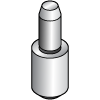
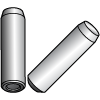
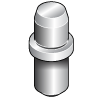
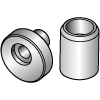

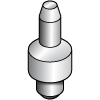
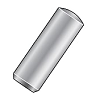


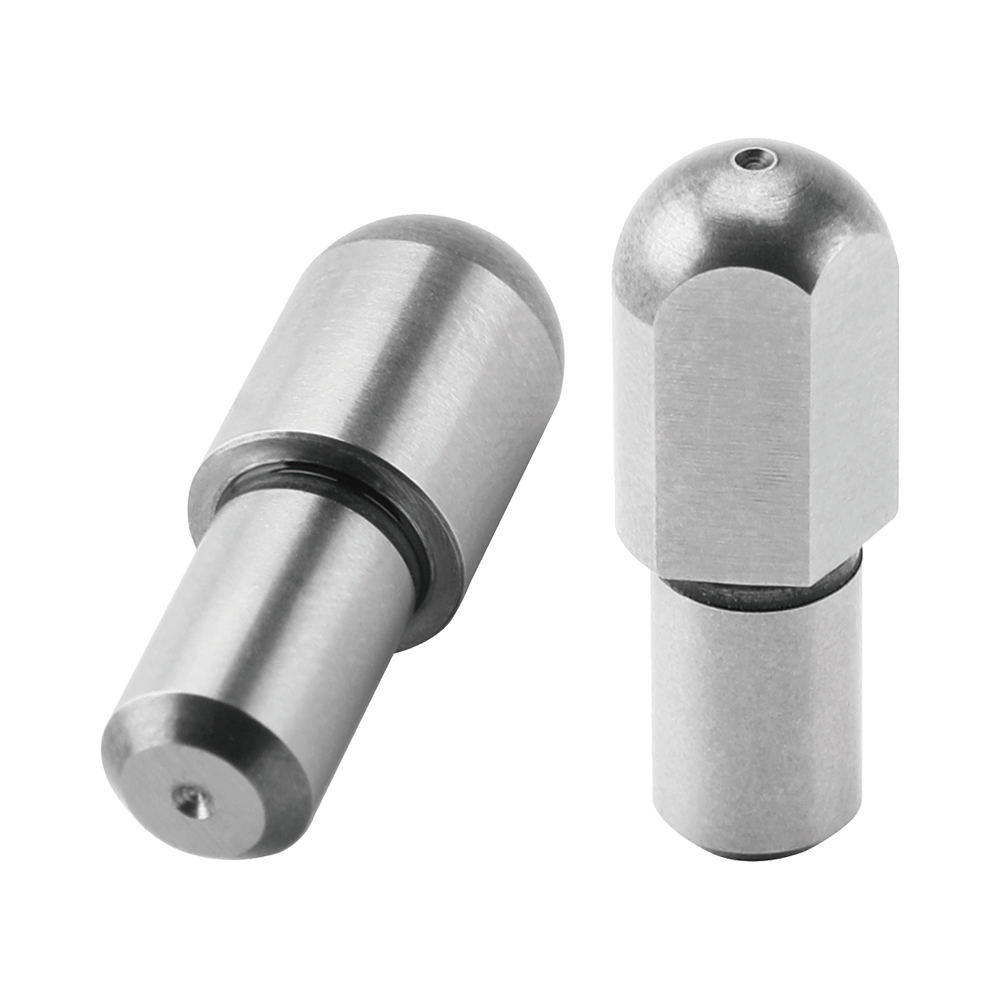
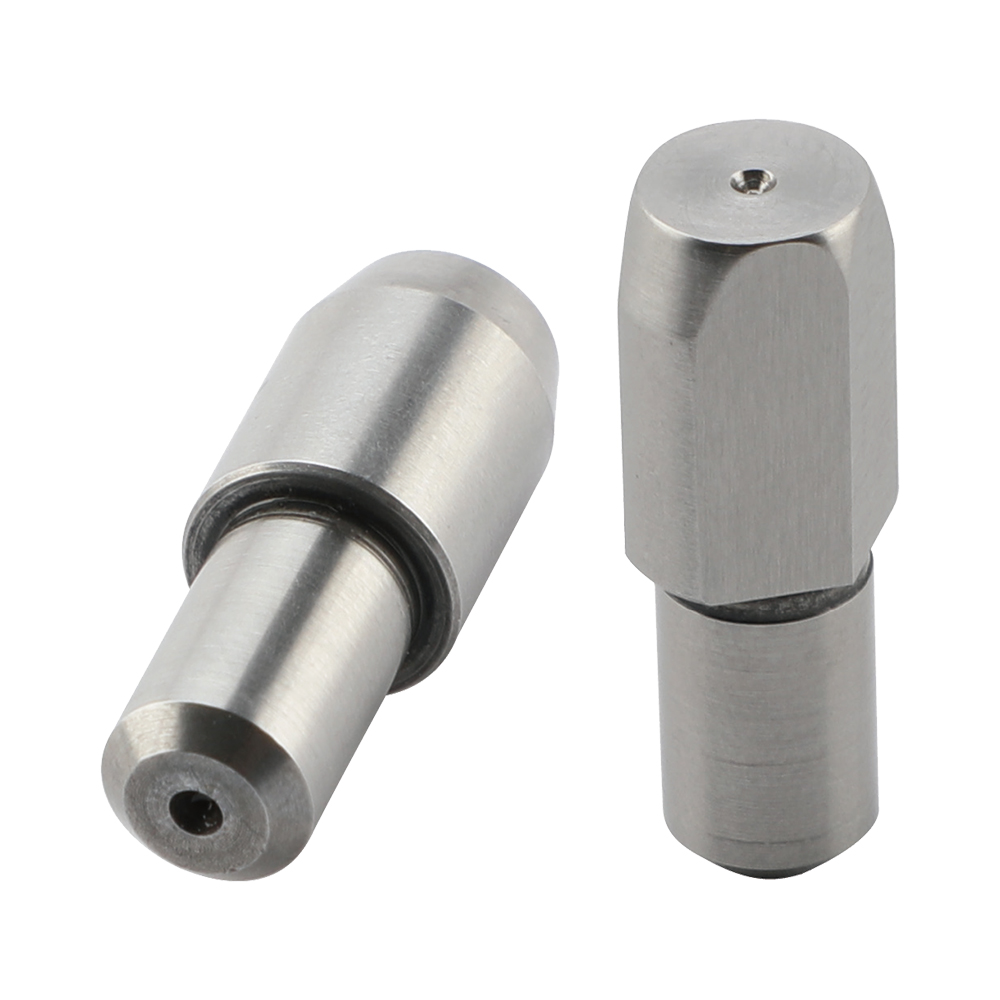
























How can we improve?
How can we improve?
Thank you for your time.
Your feedback is essential for our continuous improvement
Privacy Policy
Thank you for your cooperation.
Thank you for your time.
Your feedback is essential for our continuous improvement
Please use the inquiry form.
Privacy Policy